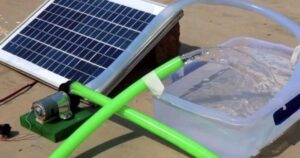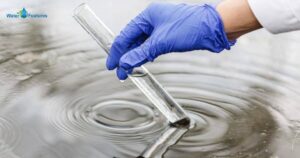Well water comes from underground. A well is drilled into the ground to reach water stored underground in wet areas called aquifers or underground streams. About 15 million homes in the U.S. get their water from private wells.
Have you ever wondered what’s really in the water from your private well? Things that make water unsafe can’t be seen with just your eyes. Bad chemicals, germs, or other stuff in well water could make you sick if they are there. People with well water must pay attention to if the water could be unsafe to drink and get it checked often.
This article will talk about important things to know about well water safety. It will explain where unsafe water come from and how checking water helps. It will also give schedules for when to test water. Keep reading to learn if the water from your well could hurt you or your family. Testing will tell you if it’s risky to drink.’;
What Is Well Water, and Where Does It Come From?
Well water starts as rain or snow that soaks deep into the ground. There it fills up cracks and spaces between soil, sand, gravel, and rocks. This makes huge underground pools of fresh water called aquifers.
To get the water back up, a well pipe is drilled 30-100 feet down to the aquifer. Then a pump sucks the water to the surface for people to use in their homes. About 1 out of every 5 houses uses well water instead of city water pipes.
What Are the Benefits of Well Water?
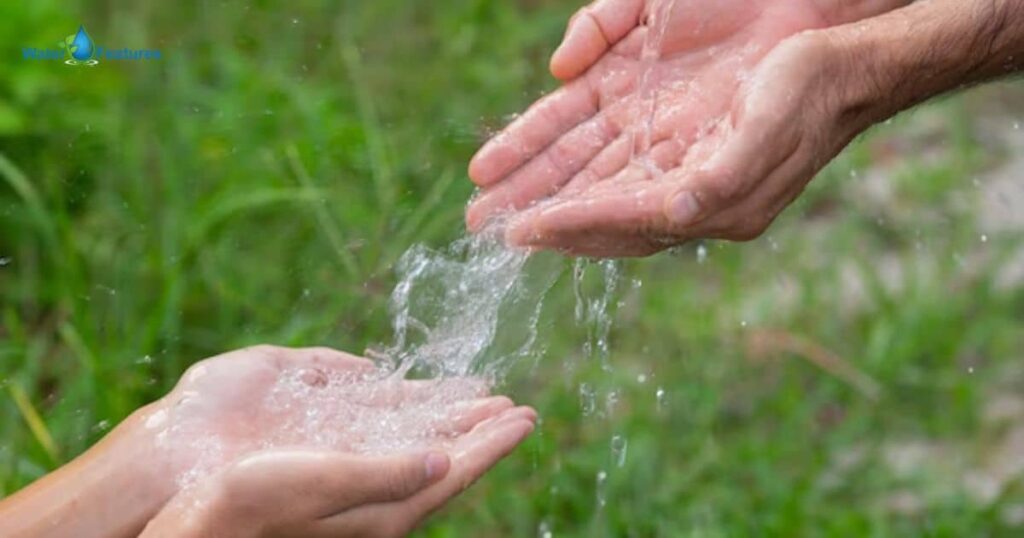
The top reason people like well water is it comes straight from nature without all the chemicals the city adds at treatment plants. Many say well water just tastes and smells better. Lab tests show some health bonuses too from vitamins and minerals found naturally in the groundwater. Having your own water source means lower bills too. And wells keep working even during blackouts or big storms that shut off flowing city water.
What Makes Well Water Safe?
The EPA says proper well water should have no sign of bacteria when tested and very low nitrates. It should look crystal clear, with no stinky smells or weird taste that might mean pollution got in. Kids or adults drinking clean well water stay healthy for many years. To keep wells safe, owners have to check and fix cracks that could let contaminants sneak in from the surface. Testing and good maintenance are the secrets to making well water safe to drink.
Signs of Contaminated Well Water
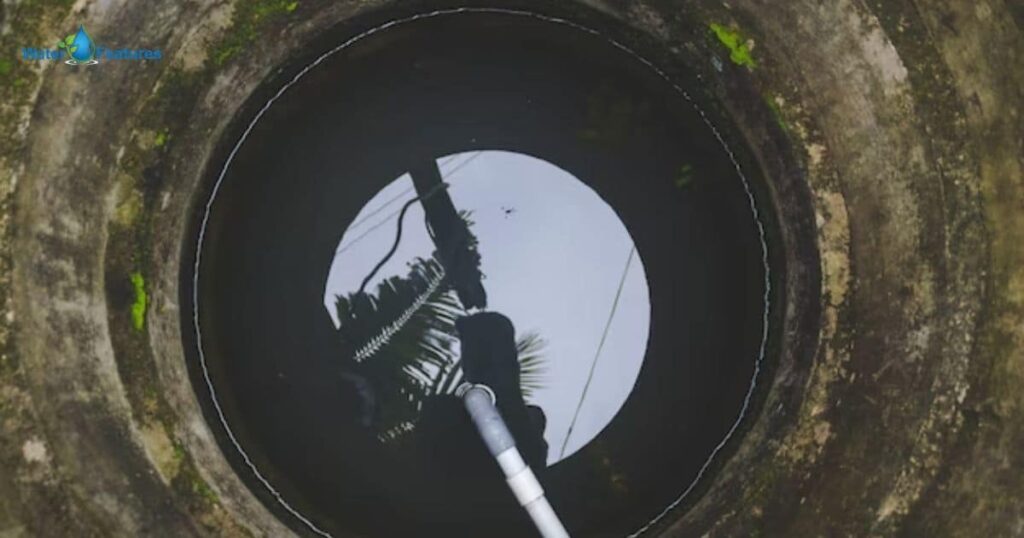
- Bad smells or funny tastes are some of the first clues that well water has turned bad.
- Rusty, brown, or strangely colored water is also a red flag.
- Contamination makes the water look and smell wrong.
- Seeing physical issues around the well also hints at contamination.
- Cracked casings let pollutants from the surface drip into groundwater.
- If well water seems unsafe to consume based on funny looks, smells and health problems, experts have to step in to check exactly what contaminants are lurking there.
How Does Well Water Get Contaminated?
Several ways exist for dangerous pollution to sneak into well water underground. Farms, factories, or regular neighborhoods use tons of fertilizers and chemicals that seep through soil to nearby wells and aquifers. Runoff carrying bacteria from animal poop or leaky sewage also soaks into the ground after rainstorms. And improperly built or cracked well walls create an easy opening for nasties at the surface to drip straight down into groundwater reserves.
Overused wells can suck more water out of the earth faster than rainfall puts back in. This draws downward all the extra contaminants sitting nearby in soil. Natural geology like limestone bedrock also barely filters water flowing through tiny spaces before it ends up in someone’s drink. All these risks mean responsible owners test frequently and install filters to keep their well water clean and safe.
Signs Your Well Water Is Making You Sick
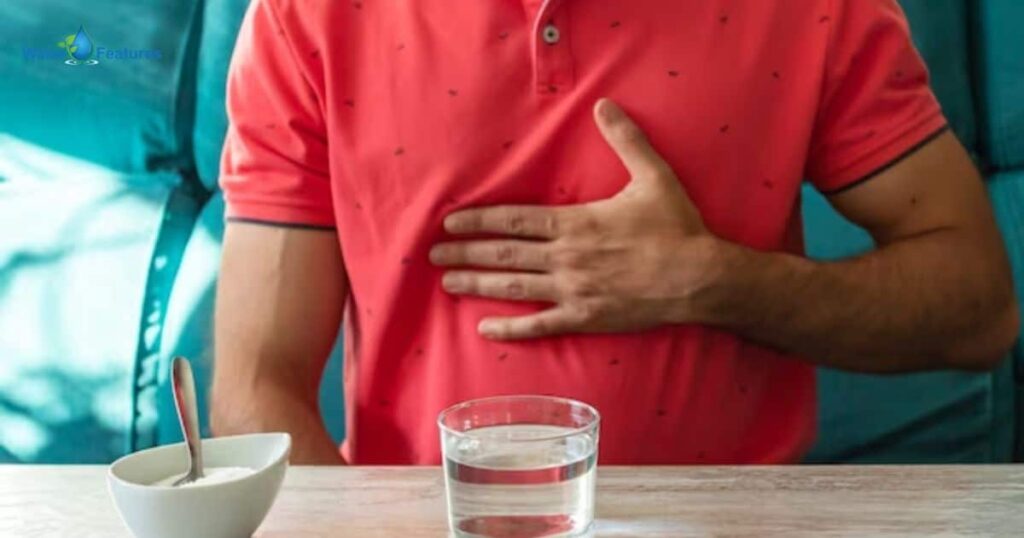
Suspicious signs include constant headaches, tiredness, and wired awful feelings among family members young and older. These vague health problems have all sorts of causes, but dirty well water could be the surprising culprit. More obvious indicators of contamination are gut issues like almost daily diarrhea or stomach pain that starts whenever anyone drinks a nice cold glass from the sink.
Pregnant women face even greater risks from polluted well water, which carries toxins that reach and harm the developing fetus. Over the years this triggers slow growth or learning issues as the child ages. Skin rashes, sinus congestion, and imbalanced hormones point to contaminated water too. Doctors can run medical tests for chemical exposure and ensure safe water is restoring good health for suspicious symptoms possibly linked to a home well source. Trusting instincts and watching for side effects prevents years of needless misery
How Often Should I Test for Safe Well Water?
To make sure well water stays healthy to gulp by the glassful, yearly checkups are a must! Testing water just when moving into a home with a well leaves too much risk for problems to creep in later. Pollution and germs don’t take long to contaminate groundwater. It’s smart to test both in spring after snowmelt sends runoff in and fall when rainfall gets more scarce. This catches unseen shifts in quality all year round before anyone gets a sick tummy.
In addition to once-a-year samples, watch for funny smells, tastes, or sputtery pipes that indicate issues popped up. Test again after tackling repairs on wells or nearby septic systems in case something still got disturbed. Only by staying on top of testing will your family know for sure its risk-free every time you turn on the faucet for nice fresh well water!
How Do You Know if Well Water Is Safe to Drink?
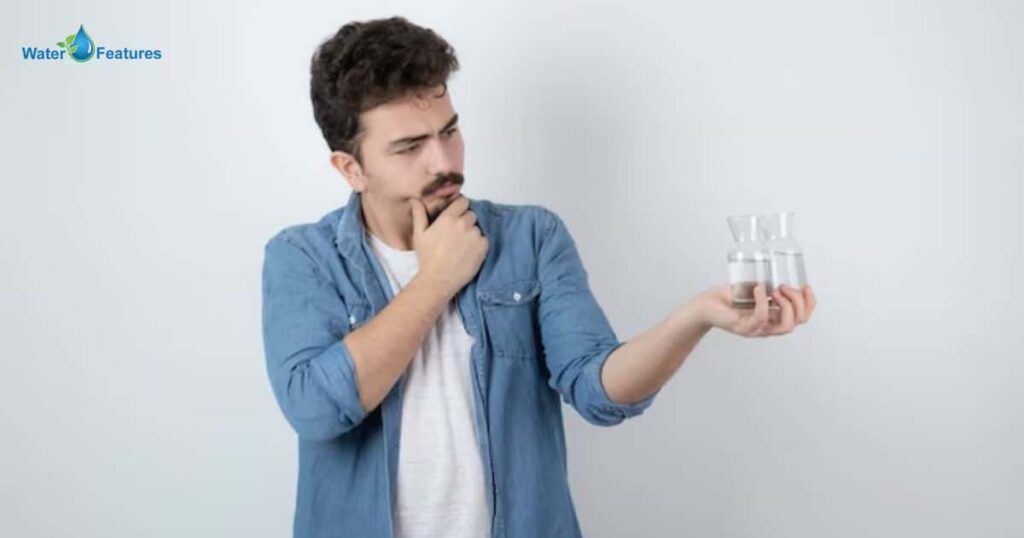
Sending water samples to an EPA-certified lab is the best route to check for safety issues. The results will clearly lay out contaminants, bacteria counts, and chemical levels against national health standards. Levels in the green mean your water passed with flying colors. Anything beyond maximum limits means grabbing bottled water until you install filters to catch the pollution.
Even if tests come back squeaky clean, be sure to do frequent sniff and taste tests too. Funny smells, cloudy appearances, or stomach cramps after gulping from the tap signal problems no lab test caught. Stay alert for physical signs around the well too like cracked caps letting in unwanted dirt or critters. Only by testing and using common sense will your family stay healthy.
Is Well Water Safe to Drink if You Boil It?
Boiling water kills germs and parasites lurking in a contaminated water supply, but has no effect on most toxic chemicals. So for well water containing bacteria or microorganisms that trigger sickness, boiling makes it safer to consume. Simply bringing water to a rapid boil for 1-3 minutes eliminates gastrointestinal pathogens so they won’t multiply inside you!
However, threats like heavy metals, fertilizer or pesticide residues aren’t removed by boiling. These contaminants and their health effects require special filtration to remove. Plus boiled water has an unpleasant flat taste, so boiling alone cannot make questionable well water taste great again long-term. Only thorough testing reveals what safety steps to take for risk-free water every time you take a sip.
FAQ’s
What are the disadvantages of a water well?
Wells can go dry in drought. Contaminants are possible without treatment.
How do I know if my well water is unsafe?
Test regularly for bacteria, nitrates, and other impurities. Check for odd smells, tastes or colors.
Is it safe to shower in well water?
Usually yes if the water tests clean. Consider a filter for contaminant removal from water.
How long does well water last?
Properly constructed and maintained wells can last decades. Depends on aquifer and water table.
Can you cook with well water?
Often yes if testing shows water is potable. Boiling removes more impurities.
Conclusion
Well water comes from underground pools of water called aquifers. While aquifers provide natural water, they can also hold contaminants that make people sick. Harmful bacteria, chemicals, metals, farm pollution, and other waste can seep into wells over time if no one checks on the water quality.
For well water to be safe, it must pass EPA rules for having safe levels of contaminants. Every year the water should be tested in a lab to check for over 30 things that could hurt people. In between tests, it’s also smart to use your senses to watch for problems.
To best protect themselves and their families, well owners should regularly test their water AND use filters to remove any contaminants found. They should also keep an eye out for signs of issues with the water itself. Taking steps to understand well water risks and solutions will give people peace of mind knowing the water they drink every day stays clean and won’t make them sick. Working together, testing, filtering, and watching closely helps ensure this important resource stays pure.


